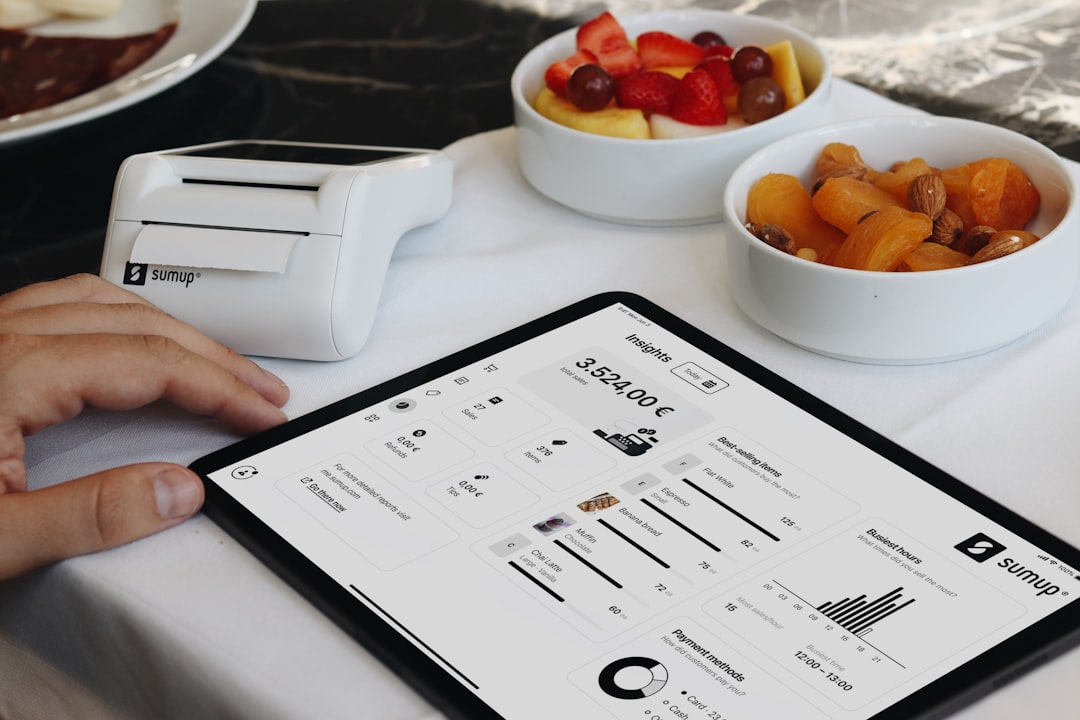Running a restaurant can be exciting, hectic, and full of flavor—much like a perfect gourmet meal. But success doesn’t just come from great food. Behind every well-run restaurant is a powerful tool: a restaurant management system (RMS).
Whether you’re flipping burgers in a cozy diner or serving gourmet lobster in a five-star fine dining room, the right RMS can save you time, money, and a whole lot of stress. But how do you choose the best one?
The Basics: What is a Restaurant Management System?
An RMS is like the control center of your restaurant. It helps you:
- Take orders
- Manage tables
- Track inventory
- Streamline kitchen operations
- Access real-time sales reports
- Handle employees and payroll
It’s your all-in-one helper that keeps everything running smoothly—from front-of-house magic to behind-the-scenes logistics.
Key Features to Look For
Before we dive into systems, let’s look at features you must not overlook. Whether you run a small coffee shop or a big buffet, some tools are essential.
- Point-of-Sale (POS) Integration: Your POS should be fast, reliable, and easy to use.
- Inventory Management: Never run out of ingredients again. Keep track of supplies with ease.
- Online Ordering: A must-have in the age of takeout and delivery.
- Menu Management: Update menus on the fly—across online and in-house systems.
- Employee Scheduling: No more spreadsheet headaches.
- Customer Relationship Management (CRM): Know your regulars and reward loyalty.
- Reporting and Analytics: Real-time insights into sales and performance help you grow.
Small Restaurants vs. Large Restaurants
Not all restaurants are created equal. A cozy bistro has different needs than a flashy franchise. Here’s how to think about it:
For Small Restaurants
- Simple interface
- Affordable pricing
- Cloud-based (no need for fancy servers)
- Strong customer support
Small spots need systems that are easy to learn and quick to set up. Fancy features are nice, but not essential—yet.
For Large Restaurants
- Advanced reporting
- Multi-location management
- Customizable workflows
- Integrated marketing tools
Big operations need big power. Here, scalability and customization go a long way. You’ll want a system that grows as you do.

Top Restaurant Management Systems in 2024
1. Toast
Best for: Full-service restaurants of all sizes
Toast is a favorite for its all-around capabilities. It has everything from POS and tableside ordering to loyalty rewards and delivery tools.
- Sleek interface
- Offline mode
- Built-in payroll and scheduling
2. Square for Restaurants
Best for: Small to medium restaurants and food trucks
Square is known for its simplicity and affordability. If you’re just starting out, it’s perfect for testing the water.
- Flat-rate pricing
- Easy to use
- Good integration with delivery apps
3. Lightspeed
Best for: Upscale restaurants and multi-location chains
Lightspeed shines when it comes to customization. It offers in-depth inventory management and powerful reporting insights.
- Advanced menu options
- Multi-location management
- Custom workflows
4. TouchBistro
Best for: Table-service restaurants
iPad-based and sleek, TouchBistro speeds up service and delights guests. It’s like putting your entire floor plan in the palm of your hand.
- Tableside ordering
- Intuitive interface
- Supports reservations and waitlists
5. Upserve by Lightspeed
Best for: Data-driven decision makers
If numbers are your love language, Upserve gives you deep insights into performance, customer habits, and profits.
- Guest intelligence
- Revenue tracking
- Advanced dashboards
Red Flags to Watch Out For
When choosing your system, not everything that glitters is gold. Watch for these warning signs:
- Hidden fees: Read the fine print. Know what you’re paying for.
- Limited support: If help isn’t there when needed, it’s a problem.
- Inflexibility: You need a system that adapts to your needs, not the other way around.
Questions to Ask Before You Buy
Choosing the right system is like choosing the right sauce for your pasta. Ask yourself:
- Will this work with my current hardware?
- How easy is it to train staff on this system?
- Does it work offline?
- Can it grow with my business?
- How does it integrate with my online ordering and delivery platforms?
Ask for a demo and try before you buy. It’s like the tasting menu—safer and smarter.

Cost Considerations
Restaurant margins can be thin. Here’s how to plan your RMS budget:
- Monthly subscriptions: These range from $0 to $300+ depending on features.
- Hardware costs: Tablets, printers, kitchen displays, etc.
- Setup and training: Usually one-time costs.
Don’t cheap out, but also don’t overspend on features you don’t need. Balance is key—just like with seasoning.
Final Tips for Success
- Get staff input: They’re using it daily, so they must like it.
- Test your internet speed: Most systems are cloud-based and need a strong connection.
- Commit to training: A system is only as good as the team using it.
- Keep it updated: Updates fix bugs and bring new features.
Summary: Your Recipe for Restaurant Tech Bliss
The best restaurant management system is the one that fits your style and scale. Whether you’re a burger bar, bakery, or banquet hall, the right system will help you say goodbye to paper chaos and hello to digital harmony.
So plan, taste a few demos, ask the right questions, and dive in. Manage your restaurant like a boss—while your system quietly handles the hustle in the background.
Just like any perfect meal, it all comes down to balance, timing, and the right ingredients. Good luck, chef!